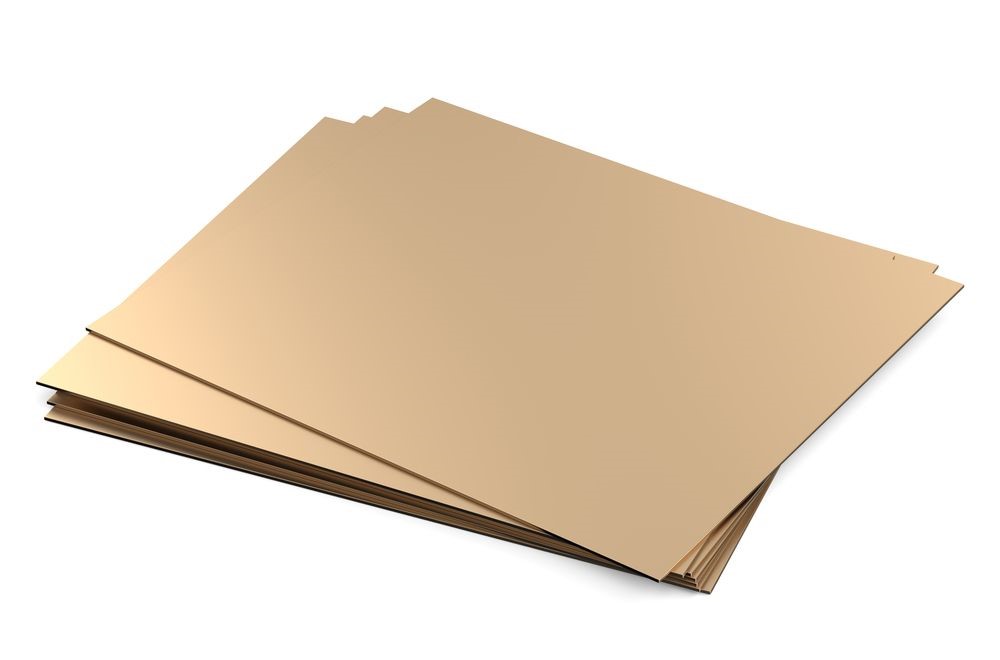It might sound old and cliché, but not every bronze sheet metal is created equal. Depending on its scrap composition and its point of manufacture, a single piece of bronze metal (either in the form of sheet, plate, tube or bar) can be considered as a superior product to those that come from another supplier.
If you are in the business of designing and fabricating intricate industrial parts, this information is highly critical. As much as possible, you would want to use primary materials that are versatile and high-performing, without significantly increasing your overhead costs or reducing your potential profit.
Designing Using the Right Bronze Alloy
For machine and equipment designers, a good design should indicate the right bronze alloy for the job. Service conditions, lubrication, and operating modes can greatly influence a designer’s decision in choosing the correct material. Because bronze has a wide range of both physical and chemical attributes, the fabricator must select the material that will provide optimum performance.
Service Conditions
Service conditions does not start and end with just finding out the main purpose of the machine or the machine part that you are supposed to fabricate out of bronze metal sheet, bar, or plate. Aside from taking into consideration that technical aspects of the design (e.g. machine speed, load, impact, oscillating motions, etc.), you also need to factor in the general environment in which the machine or the machine part is located.
For example, if the environment is highly corrosive, you might want to buy a higher grade of copper alloy. Another example is if the machine needs to be operated at extreme loads or temperatures, you might want to take a peek at the bronze’s specifications sheet to ensure that you are buying the right material.
Operating Conditions
For industrial applications, understanding the operating modes is a crucial step in choosing the right bronze material. Friction coefficients play a significant part in this step, as well as the overall design which shows whether there will be a metal-to-metal contact anywhere while the machine is in operation.
Taking operating modes into consideration will certainly narrow down your search and will make the most use of the particular type of bronze’s mechanical properties to ensure the fabricated piece is durable.
Types of Bronze
The types of bronze depend solely on its composition. For the most part, bronze is made of a unique mixture of copper and other elements, like zinc or tin. Tin bronzes are good for those looking for tough metals to be used in contact with rough shafts. If machinability is a major consideration, then leaded tin bronzes is best.
For a higher quality of bronze, designers can choose to work with high-leaded tin bronzes. This is a material that would exhibit superior strength and hardness without sacrificing its machinability. For parts that require higher load bearing and high temperature resistance, aluminum bronze is recommended. Depending on the design, service, and operating conditions, there is certainly a bronze alloy that is right for your specified requirements.
Sources:
The Uses and Properties of Bronze, TheBalance.com
Selecting Bronze Bearing Materials, Copper.org


